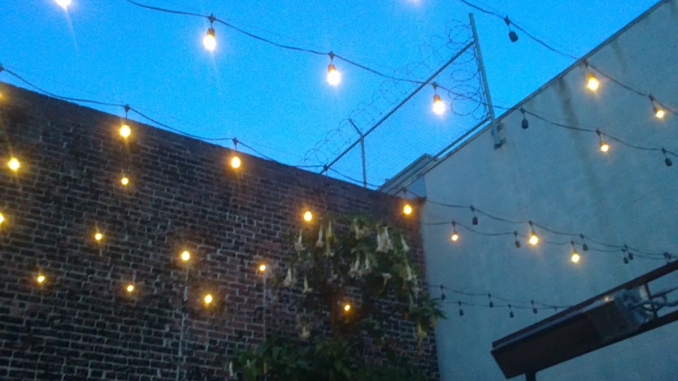
Two back-to-back trips occupied my last 1.5 weeks. These were a DAWN training held at Diamond, and the CanSAS workshop at Berkeley and Stanford. Here’s what that has brought…
First the DAWN training. Over the last few months, we have been thinking about unifying the data corrections used in our labs. DAWN seemed to be a good candidate: it has a large team of around 30 people working on it, understands NeXus / NXCanSAS, and incorporates a pipeline processing style, allowing me to do the necessary data correction steps in a sequence matching my current mood.
When I was trying to figure out how to use it by myself, in the occasional five minutes here and there, I got absolutely nowhere. The interface isn’t as intuitive as it perhaps should be, and a wide range of processing steps available for the various beamlines means that it is hard to find out which one is the appropriate one to use. The training at Diamond was geared specifically towards SAXS applications of Dawn, and therefore demonstrated and practiced exactly what I needed to know. As an added bonus, we had the chance to grill some of the developers directly, and could do some bug-hunting at the same time. The word on the street is that there will be another one of these useful trainings in October. Meanwhile, we’ll keep pushing our bugs and improvement suggestions to the devs.
Then it was time to go back home, wash up, and pack for California. The trip was annoyingly long and sleepless, but I was grateful to be able to bum a ride off of Nick, greatly simplifying the last stretch to Berkeley. The next few days were filled with meeting like-minded nit-picking-loving colleagues, with whom many interesting discussions were held. The CanSAS workshop was true to its name, and (besides a few presentations) made us work in groups to try and find solutions to some of the issues the SAXS community encounters. Some pictures, more details, and findings of the breakout sessions, are available here. Some of the sessions repeated the same issues as encountered last time, but fortunately, progress could also be detected. Slow progress, but progress nonetheless.
It has been very nice to be able to spend a contiguous block of time on my favourite topic, with a very nice group of people, and with very few distractions in the way. Too bad these meetings are only once every three years. The big SAS conferences don’t allow us to dig in this much detail into the problems, and is more of a showcase for research than this is. I will be looking forward to the next CanSAS meet!

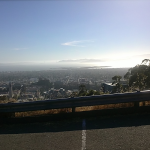
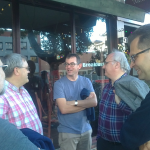
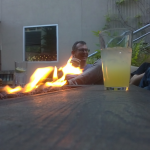
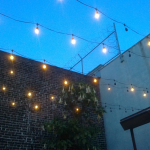
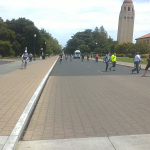
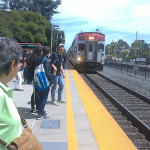

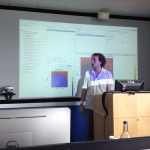

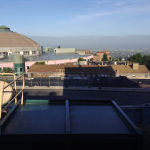
How often do the CanSAS workshops run?
Same approx. frequency as the SAS conferences: once every three years. Should be once every two in my view, but perhaps three is good to have progress.